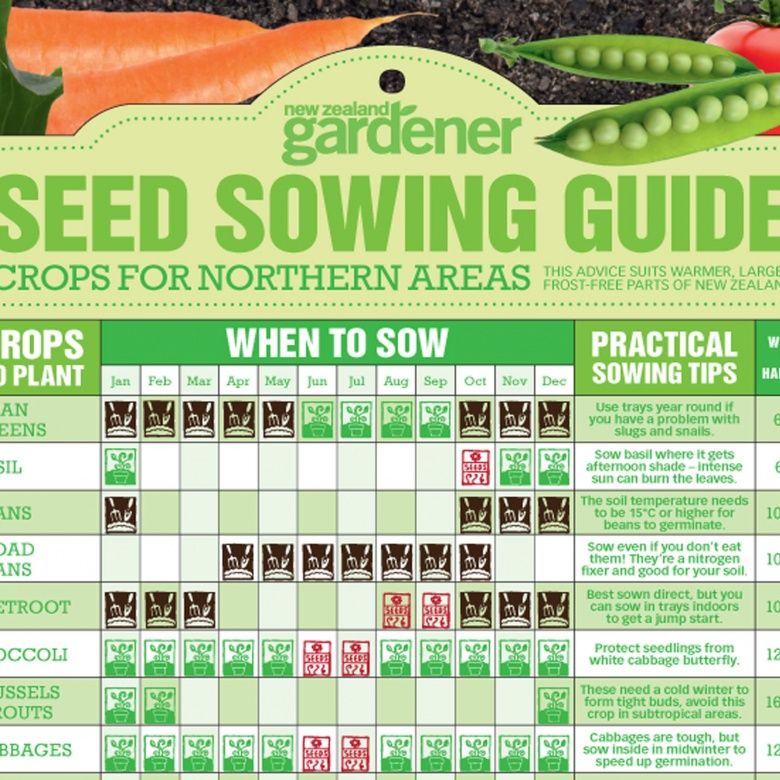Tui Companion Planting Guide: A Comprehensive Overview
Companion planting is an age-old gardening technique that involves growing different plants together for mutual benefit. It’s a natural and holistic way of gardening that promotes plant health and reduces pest problems. Tui Companion Planting Guide is a comprehensive resource that provides information on which plants to grow together and which ones to avoid. In this article, we will take a closer look at Tui Companion Planting Guide and how it can help you create a thriving garden.
What is Tui Companion Planting Guide?
Tui Companion Planting Guide is a handy reference tool for both beginner and experienced gardeners. It provides information on which plants work well together and which ones don’t. The guide is based on the principles of companion planting, which involve grouping plants together based on their ability to enhance each other's growth and protect against pests and diseases.
The Benefits of Companion Planting
Companion planting has several benefits, including:
1. Natural Pest Control
When certain plants are grown together, they can repel or deter pests naturally. For example, marigolds are known to repel aphids, whiteflies, and nematodes, making them an excellent companion plant for tomatoes, peppers, and other vegetables.
2. Improved Soil Health
Companion planting can improve soil health by adding nutrients and organic matter to the soil. For example, legumes like beans and peas add nitrogen to the soil, which is essential for plant growth.
3. Increased Yield
Companion planting can increase yield by improving pollination and reducing competition for resources. For example, planting marigolds alongside beans can increase the yield of both crops.
The Principles of Companion Planting
Companion planting is based on several principles that involve grouping plants together based on their interactions with each other. Some of these principles include:
1. Attracting Beneficial Insects
Certain plants attract beneficial insects like bees and ladybugs, which are essential for pollination and natural pest control. For example, planting borage alongside tomatoes can attract bees, which will help pollinate the tomato flowers.
2. Repelling Pests
Certain plants have natural pest-repelling properties and can be used to protect other plants from pests. For example, planting garlic alongside roses can repel aphids and other pests that are attracted to roses.
3. Enhancing Flavor
Some plants enhance the flavor of other plants when grown together. For example, planting basil alongside tomatoes can enhance the flavor of the tomatoes.
How to Use Tui Companion Planting Guide
Tui Companion Planting Guide is easy to use and provides information on which plants work well together and which ones should be kept apart. It’s a valuable tool for planning your garden and ensuring that your plants thrive.
Step 1: Select Your Plants
The first step in using Tui Companion Planting Guide is to select the plants you want to grow. The guide provides information on a wide variety of vegetables, herbs, and fruit trees.
Step 2: Check the Companion Planting Chart
Once you’ve selected your plants, check the companion planting chart to see which plants work well together and which ones should be kept apart. The chart is color-coded and easy to read.
Step 3: Plan Your Garden Layout
Use the information from the companion planting chart to plan your garden layout. Group plants together based on their compatibility and ensure that each plant has enough space to grow.
Companion Planting Tips
Here are some companion planting tips to help you create a thriving garden:
1. Rotate Your Crops
Rotating your crops can help prevent soil-borne diseases and improve soil health. It’s best to rotate crops every season or every other season.
2. Use Cover Crops
Cover crops like clover and vetch can improve soil health by adding nutrients and organic matter to the soil. They also help suppress weeds and reduce erosion.
3. Plant Flowers
Planting flowers alongside vegetables can attract beneficial insects like bees and ladybugs, which are essential for pollination and natural pest control.
4. Use Mulch
Mulching can help retain moisture in the soil, suppress weeds, and regulate soil temperature. It’s best to use organic mulches like straw and leaves.
Tui Companion Planting Guide is a valuable resource for any gardener looking to create a thriving garden. By following the principles of companion planting, you can improve plant health, reduce pest problems, and increase yield. Remember to select your plants carefully, check the companion planting chart, and plan your garden layout accordingly. With a little bit of planning and preparation, you can create a beautiful and productive garden.
FAQs
Q: What is companion planting?
A: Companion planting is an age-old gardening technique that involves growing different plants together for mutual benefit.
Q: What are the benefits of companion planting?
A: Companion planting has several benefits, including natural pest control, improved soil health, and increased yield.
Q: How do I use Tui Companion Planting Guide?
A: To use Tui Companion Planting Guide, select your plants, check the companion planting chart, and plan your garden layout accordingly.
Q: What are some companion planting tips?
A: Some companion planting tips include rotating your crops, using cover crops, planting flowers, and using mulch.
Q: Where can I find more information on companion planting?
A: There are many resources available online and in gardening books that provide information on companion planting. Tui Companion Planting Guide is a great place to .
Okay, great! Can you please provide me with the topic of your blog post so that I can better assist you? I'm sorry, but I'm not sure how to proceed without more information. Can you please let me know how I can assist you? Whether it's helping with your blog post or answering any questions you may have, I'm here to help.










Post a Comment for "Tui Companion Planting Guide: A Comprehensive Overview"